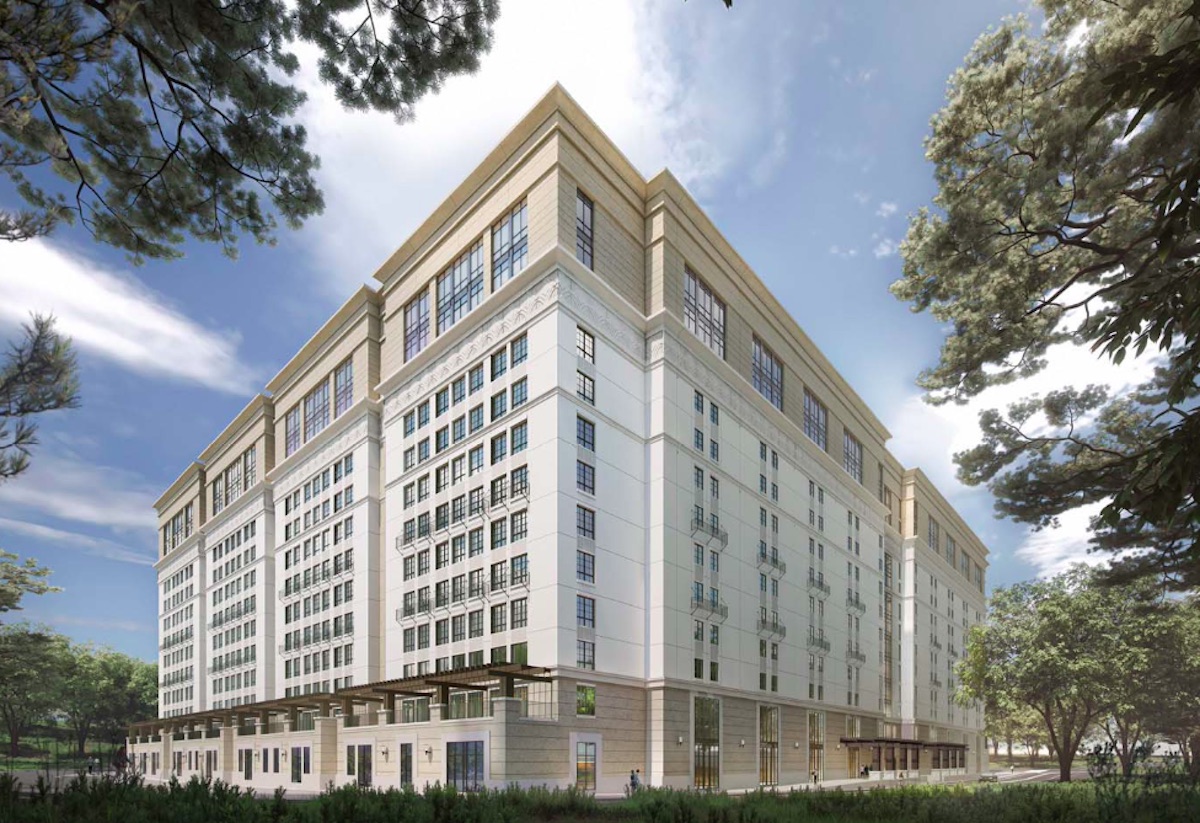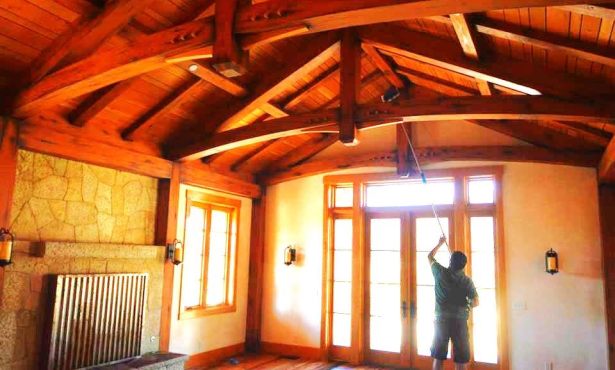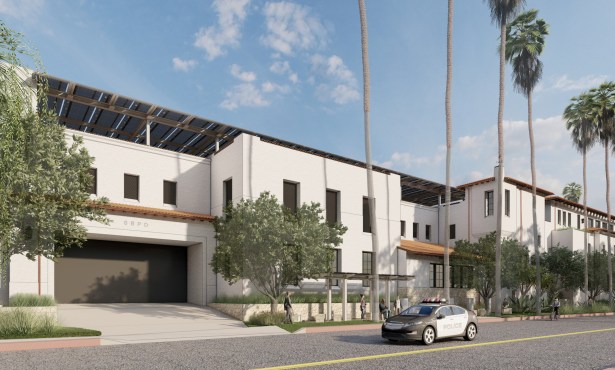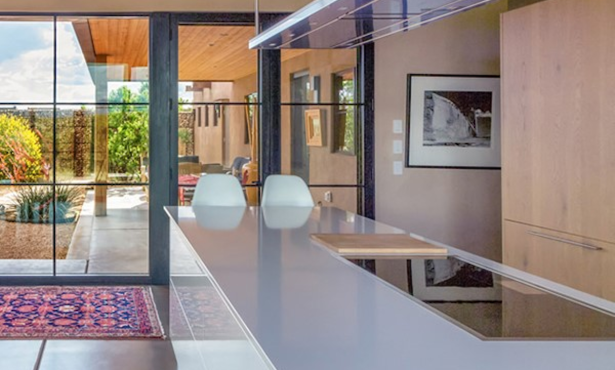UCSB’s Social Experiment: Munger Hall
Project Has Potential to Create Serious Problems

Take a moment to reflect on what comes to mind when thinking about the American Riviera. I imagine the mighty mountains, glistening ocean, and the abundance of natural amenities basking in the glory of a magical sunrise. That is the beauty of Santa Barbara, available to all if one decides to just gaze outside a window.
Many of us have had the experience of being in a banal, windowless sitting room and staring at a picture on the wall while listening to the music of a ticking clock — wishing for a window into a side yard or even a parking lot as a welcome reprieve. Now imagine paying thousands of dollars to live in such a windowless box. That almost sounds cruel.
We now live in a time where such cruelty is afoot in our community in the form of dense housing proposed for UC Santa Barbara’s undergraduate students. The university’s leadership, under the direction of a domineering donor (Mr. Charlie Munger), has developed a 4,500-bed windowless dormitory. The proposed Munger Residence Hall achieves this density by replacing windows with artificial light. Electronic light boxes obscure the very real world that exists just beyond its walls. Proponents of the project claim this technology replaces the circadian rhythms usually provided by natural light and dark, thus replacing the need for windows.
Technology is a powerful tool that buttresses our lives, but using such technology to replace reality could have grave unintended consequences for the human psyche and our community.
Housing history in the United States and around the world has had its fair share of failed super-dense housing projects, which eventually led to an increase in crime rate, violence, and mental health issues. Utopian visions of high-density housing that worked perfectly well on paper have often failed due to a lack of careful consideration for the social and psychological wellbeing of the occupants. Rather than solve the student-housing crisis, UCSB’s social experiment called “Munger Residence Hall,” with its added iniquity of severing our youth from access to natural light, has the potential to create a serious social and mental health problem in our backyard.
Sign up for Indy Today to receive fresh news from Independent.com, in your inbox, every morning.
A project such as Munger Residence Hall is expected to have multiple stakeholders with their own differing agendas, but what of their moral code?
In this case, we seem to have a group of stakeholders all willing to overlook their responsibilities for the health and wellbeing of those in their care in exchange for a minor portion of projected project costs.
It is important to note that this project is not informed by comprehensive student feedback — as would be typical for dormitory projects — thus neglecting the needs of its primary users. Additionally, the project has avoided the checks and balances established by UC for its projects.
UCSB’s student housing crisis is a dire consequence of the university’s neglect in keeping up with its systematically vetted Long Range Development Plan that outlines sound opportunities for housing development throughout the campus. I acknowledge the impending need for affordable and healthy housing options for UCSB’s students and the challenges that the University faces in meeting those needs, but the proposed Munger Residence Hall is not a solution.
Many in our community are currently using our collective resources, knowledge, and time in opposing this blatant social experiment with long-term repercussions that could pave the way for many other equally disastrous housing projects. Instead, we could be collectively working toward a sustainable, inspiring, and holistic design solution that fosters a healthy environment for learning and living, responds appropriately to the surrounding context, and exists in dialogue with our natural environment.
Vandhana Balachandran, Assoc. AIA, is a resident of Santa Barbara. She is an Architectural and Urban Designer and can be reached at vandhana@aiasb.com. Architecturally Speaking is written by members of the American Institute of Architects’ Santa Barbara chapter. For more info about AIASB, visit aiasb.com.
Support the Santa Barbara Independent through a long-term or a single contribution.



